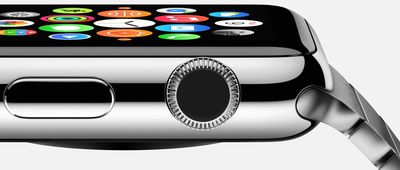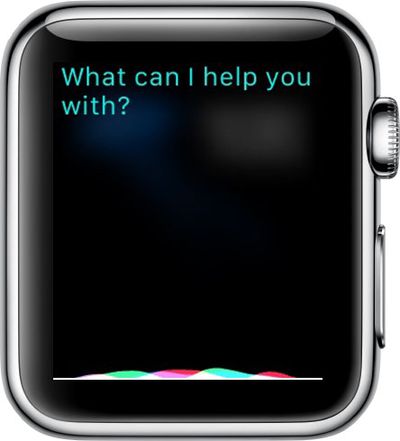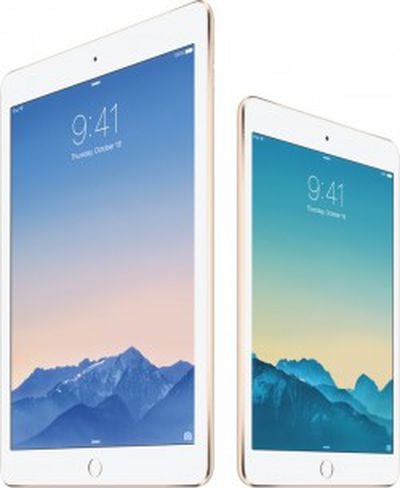 Apple's fourth-generation iPad mini could be a miniaturized version of the iPad Air 2, according to Japanese blog Mac Otakara. The report claims that the iPad mini 4 will adopt some of the same features and specifications as the iPad Air 2, including an 8-megapixel rear-facing iSight camera, ultra-thin 6.1mm design and possibly a fully laminated display with anti-reflective coating.
Apple's fourth-generation iPad mini could be a miniaturized version of the iPad Air 2, according to Japanese blog Mac Otakara. The report claims that the iPad mini 4 will adopt some of the same features and specifications as the iPad Air 2, including an 8-megapixel rear-facing iSight camera, ultra-thin 6.1mm design and possibly a fully laminated display with anti-reflective coating.
Mac Otakara claims that Apple may release the new iPad mini alongside an A9-based iPad Air 3, contrary to a sketchy report last week from Taiwan's Economic Daily News that said no new iPad Air will be released in 2015 and that the iPad mini 4 could be Apple's last 7.9-inch tablet as the company focuses on its larger-sized iPad Air and much-rumored "iPad Pro" in the future.
KGI Securities analyst Ming-Chi Kuo, who has a respectable track record at reporting on Apple's upcoming product plans, recently issued a note to investors that also claimed the iPad mini 4 will essentially be a smaller version of the iPad Air 2. Kuo did not make any predictions about the iPad Air 3 or the "iPad Pro" in his note, but he has mentioned the latter 12.9-inch tablet in previous notes to investors.
Apple releasing a trio of new iPads later this year -- the iPad Air 3, iPad mini 4 and "iPad Pro" -- could help the company rebound from five consecutive quarters of declining iPad sales. Moreover, while Mac Otakara has a respectable track record reporting about Apple, there is not enough substantive evidence at this time to firmly suggest that all three tablets will actually be unveiled this autumn.


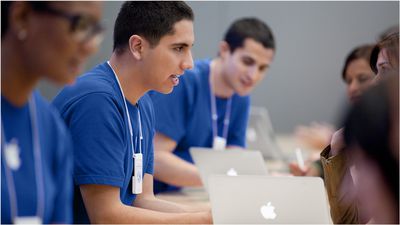
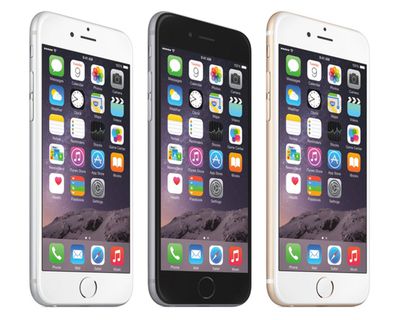



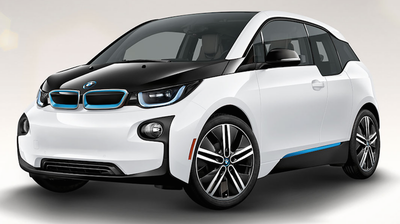
 The new campaign is highlighted on Apple's main home page as well as its iPhone pages, and it includes a scrolling feature page drawing attention to a number of aspects of Apple and the iPhone that make the device stand out from its competitors.
The new campaign is highlighted on Apple's main home page as well as its iPhone pages, and it includes a scrolling feature page drawing attention to a number of aspects of Apple and the iPhone that make the device stand out from its competitors.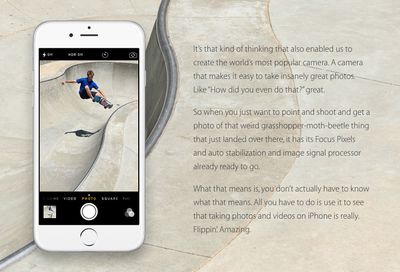
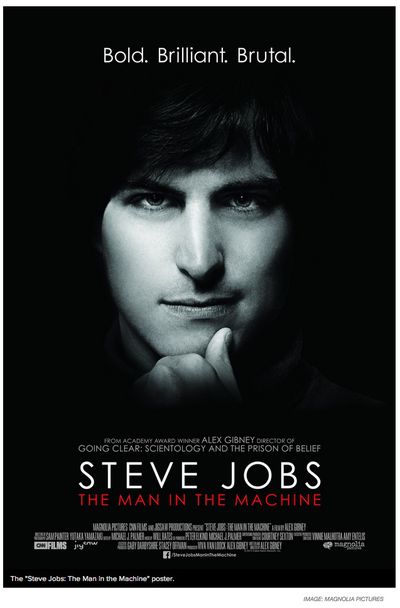
 The Merchant Customer Exchange's contactless payment system, CurrentC, is gearing up for a limited trial run next month in the stores of the companies that began backing MCX in 2012, including Walmart, Target, and Best Buy, according to unnamed sources speaking with
The Merchant Customer Exchange's contactless payment system, CurrentC, is gearing up for a limited trial run next month in the stores of the companies that began backing MCX in 2012, including Walmart, Target, and Best Buy, according to unnamed sources speaking with 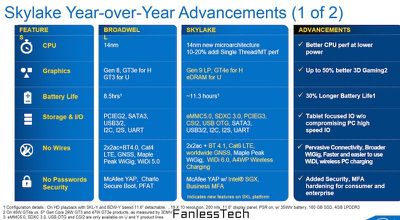

 While a fully redesigned YouTube app with Google's Material Design, an emphasis on subscriptions and creation tools is
While a fully redesigned YouTube app with Google's Material Design, an emphasis on subscriptions and creation tools is 
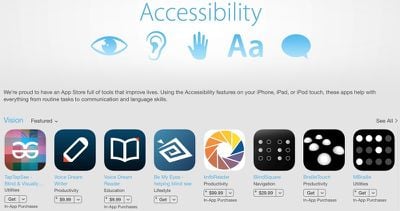


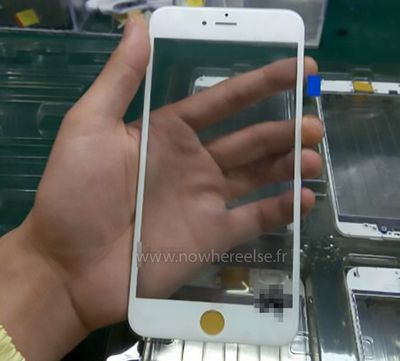
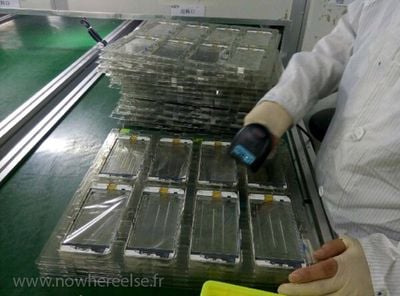
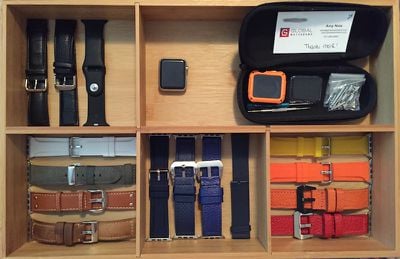
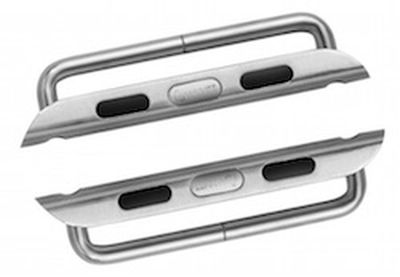 To use a third-party band with your Apple Watch, you will need to fasten both ends of the band to an Apple Watch adapter, a tiny metal part with a slide-and-lock mechanism. These adapters can be purchased from
To use a third-party band with your Apple Watch, you will need to fasten both ends of the band to an Apple Watch adapter, a tiny metal part with a slide-and-lock mechanism. These adapters can be purchased from 